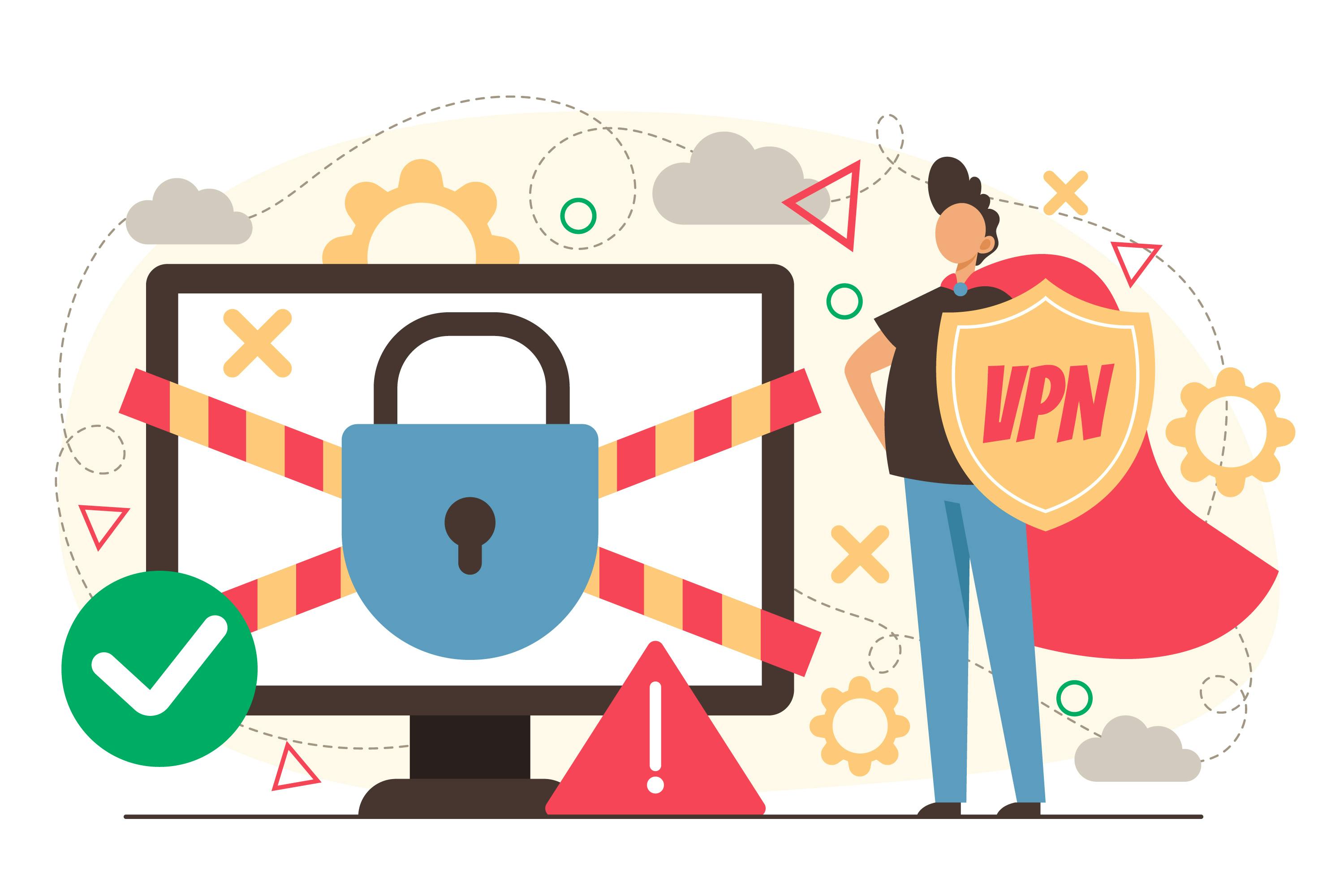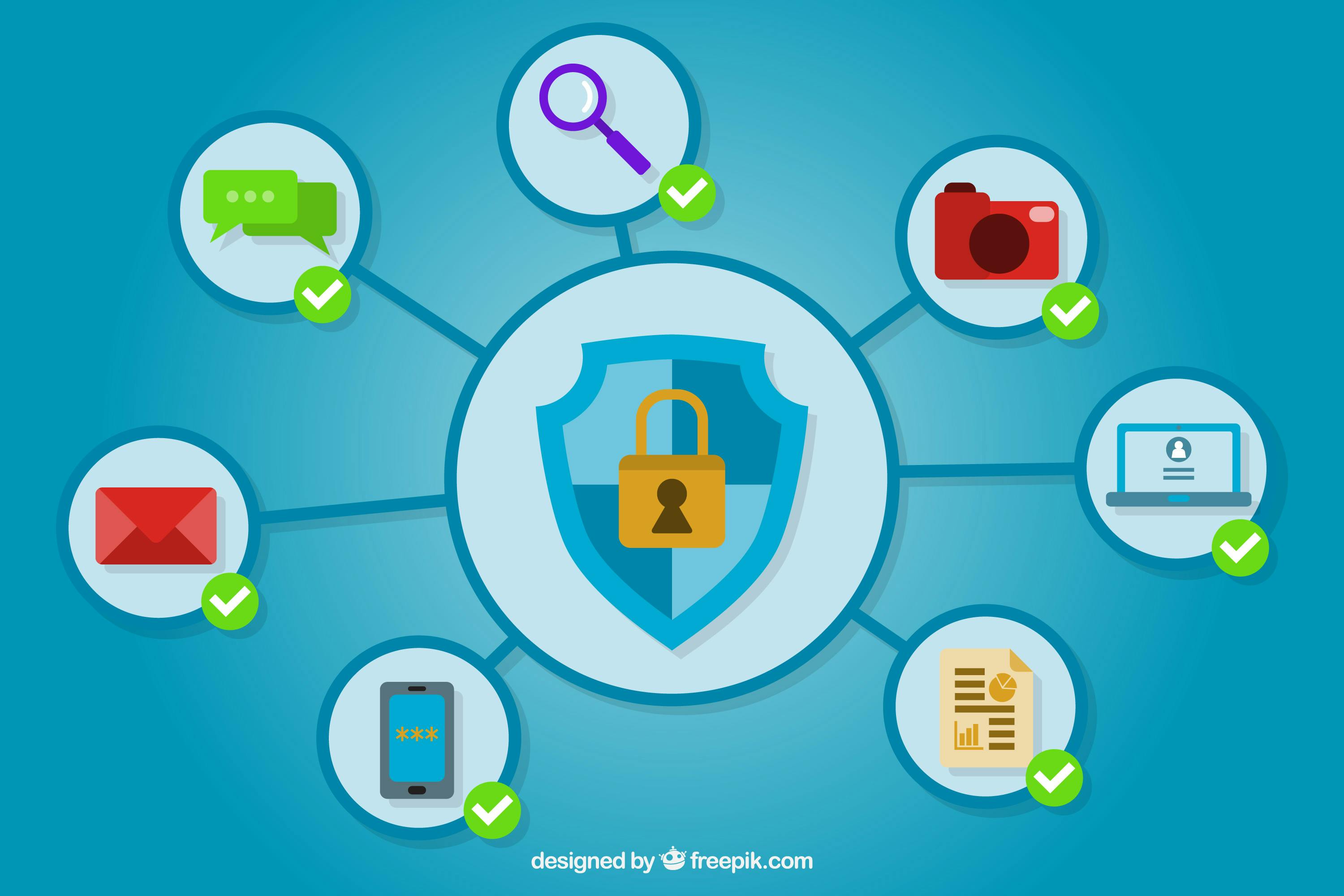What You Should Know About Offensive And Defensive Security
How companies can achieve security maturity using different frameworks, and the tools employed to secure their assets.
Threat actors are a growing concern in the cybersecurity space. These actors use sophisticated tools and tactics to breach the organisation's security, computer systems, and individuals to destroy or disrupt their infrastructures and steal data, such as Personally Identifiable Information (PII), financial and medical records, password data, as well as credit card details.
This is why taking proactive and reactive measures is important to reduce the threat cybercriminals pose.
In this article, you will understand what offensive and defensive security are, then we will outline the tools used to achieve both offensive and defensive security maturity.
What is Offensive Security?
Offensive security is an exploitative approach to protecting computer systems, organisations, and individuals from attack. This is sometimes known as "Red Teaming".
This can be done by breaking into and gaining access to computer systems, identifying and exploiting bugs in applications, and finding defects in web applications.

Image by storyset on Freepik
To counter the manoeuvres of hackers, a cybersecurity professional has to think like a hacker, finding these vulnerabilities and recommending patches (upgrades) before they are exploited by cybercriminals.
Offensive security is often used by organisations to determine the efficacy of their security measures.
What is interesting is that not only are computer systems vulnerable to these attacks but humans can be hacked too! This is known as social engineering. More on this as we advance in this cybersecurity journey together.
How an Organisation Can Implement the Offensive Security Model
Cybersecurity is hard, but the best defence is a good offence. For an organisation to mount a good offence, the security experts have to have a mindset like a hacker, to think from their perspective.
This makes it possible for them to understand the threats posed by cybercriminals, strengthen the security of their networks, protect their critical data, and build response times to tackle these threats. Mounting a good offence depends on the following strategies in the Offensive Security Model:
Vulnerability/Assessment Scans: This layer involves basic scans to detect and categorise potential security flaws in an organisation's systems. They act as a baseline for further testing and remediation. They are easy to perform, fast, automated and repeatable, and provide actionable results that can improve the company's security standing. Disadvantages to relying only on this could include; inconsistency in the results, results could be inconclusive, there is a high chance the scanner may not detect advanced vulnerabilities, and updates would have to be carried out regularly to prevent zero-day attacks.
Goal-oriented Penetration Testing: This is a more advanced and complex approach to hunting for and remediating potential security flaws in a network. Penetration testing done by penetration testers go beyond basic scanning to look for various vulnerabilities that have gone undetected by traditional scans. Techniques employed include brute force attacks, SQL injections, social engineering tactics, phishing, etc.
Image by storyset on Freepik

Penetration testing could be counter-productive. It could end up harming the network or causing a real cyber attack if the rules of engagement are not properly followed.
Structured Testing, Often With a Blue Team: Structured testing is carried out by a dedicated team of security experts, that form the Red Team, who attempt to bypass the organisation's defences. The Blue Team then responds by counteracting and thwarting the attacks of the Red Team. This becomes a more efficient exercise to increase the security posture of the organisation. Creating teams dedicated to these exercises can be resource-intensive, and time-consuming, leading to breakdowns in operation, and communication lag.
Adversary Emulation and Simulation: This is a more advanced security practice where enhanced techniques, tactics and procedures are implemented. The reasoning behind this is to employ the real-world techniques, tactics, and procedures used by threat actors, that cripple defences, to strengthen the organisation's assets. Simulating a realistic breach forces both the Red Team and the Blue Team to attack and defend the system fast and in real time.
What is Defensive Security?
In contrast to offensive security, defensive security is the process of preventing an attack on the organisation's infrastructure.
This proactive, and in a way reactionary, approach focuses on preventing, detecting, and responding to new and emerging threats to safeguard the organisation and its assets. "Blue Teaming" is sometimes known as defensive cybersecurity.

Image by storyset on Freepik
How an Organisation Can Implement the Defensive Security Model
The Defensive Security Model is a proactive, and sometimes reactive, framework or approach employed to safeguard an organisation's assets from cyberattacks, unauthorised access, as well as other security threats.
This framework is based on the concept of defence in depth where several layers of security controls are put in place to secure an organisation's assets. Typically included in this model are the following:
Physical/Perimeter Security: This is a physical/on-premises security component that is employed to protect the organisation's assets from physical threats. It also involves securing the edge of the organisation's network to monitor and log traffic coming into or going out of the network. These security components include; closed circuit television (CCTV) surveillance, security guards, locks, intrusion detection and intrusion prevention systems (IDS/IPS), virtual private networks (VPNs), firewalls, etc.
Security Training and Awareness: Involves educating employees and end-users about potential security threats, and security best practices, and cultivating a security-first mindset in the organisation. This can be done through social engineering and phishing simulations, security awareness training sessions and campaigns, etc.
Network Security: The internal network of the organisation can be secured using techniques such as encryption, network segmentation, and monitoring.

Image by Freepik
This ensures that unauthorised access, disruption, exposure, destruction, and attacks targeting the network are thwarted. Security controls that can be implemented at the network level include switches, firewalls, routers, IDSs and VPNs.
End-Point Protection: End-points are devices such as servers, laptops, computers, and mobile devices. This type of security protects an organisation's devices from cyberattacks, unauthorised access, data breaches, etc. Controls that can be implemented at this layer include; device encryption, IDS/IPS, antivirus programs, host-based/virtual firewalls, etc.
Application Security: This security layer protects the organisation's applications from unauthorised access, modification, and use. Security controls include secure coding practices, output encoding, and input validation.
Data Security: The sensitive data of an organisation is protected from getting into enemy hands and loss through encryption, data backup strategies, and data loss prevention mechanisms. Handling and access to data are defined and monitored.
Incident Response: Incident response is an organised strategic procedure and approach for handling a cyberattack or data breach. It includes the steps associated with preparing for, detecting, containing, and recovering from security incidents.

Image by storyset on Freepik
According to SANS Institute, the steps for effective incident response are; preparation, identification, containment, eradication, recovery, and lessons learned.
Identity and Access Management: This is the procedure, technologies and policies used for verifying the identity of users and defining the level of access each has to the organisation's resources. This is important to keep the systems and data secure. Technologies employed could include different access control methods such as Multi-Factor authentication, Role-based access control, Mandatory access control, Policy-based access control, etc.
Offensive and Defensive Cybersecurity Tools: The Complete List
Security is a top priority for organisations and no company wants to leave their systems vulnerable to attack. As a result of this conundrum, there are a variety of tools that they can use to secure their assets from ever-growing security threats.
Outlined below are the tools organisations can leverage to enhance their security.
Defensive Cybersecurity Tools

Image by Freepik
Offensive Cybersecurity Tools
Banner Image by storyset on Freepik

